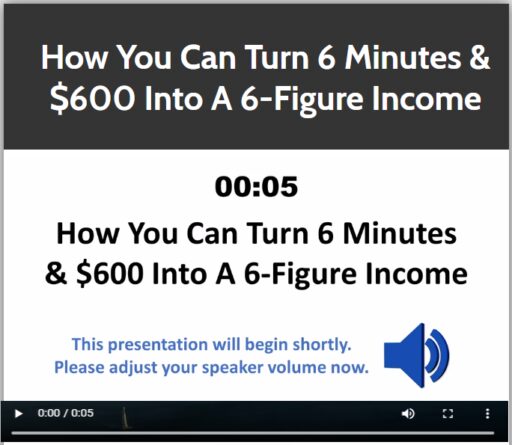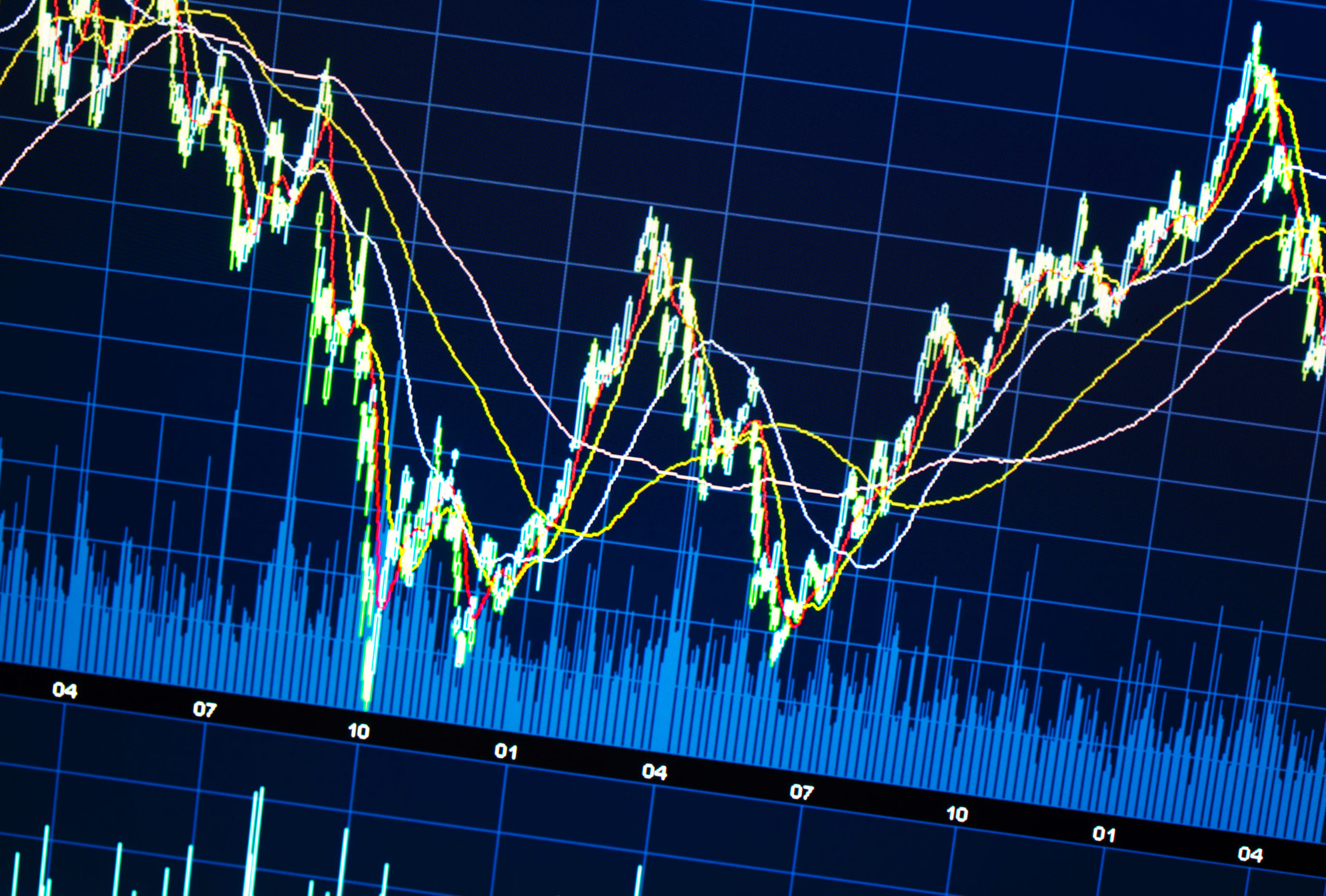Monday, September 20th, 2021
Happy Marvelous Monday!
I help teach people to earn money trading options. It isn’t hard. I explain in easy-to-understand terms when I teach or write a book—like we are talking across the kitchen table.
It was another week of swings. The Nasdaq was down 3 out of 5 days, ending the week lower. The Nasdaq was the highest % down mover for the week. The volatility that has ruled the market lately continues. The QQQs price is very close to dropping below the 8 EMA which is a sign of weakness.
For updates on previous trades, please scroll down.
I am going to focus on the NASDAQ on Mondays and call it “QQQ Monday”. I will focus on QQQ which is the ETF covering companies traded within the NASDAQ Exchange Traded Fund.
For today’s discussion, we will be looking at Invesco QQQ Trust, symbol (QQQ).
Before analyzing QQQ’s charts, let’s take a closer look at the ETF and its services.
Invesco QQQ is an exchange-traded fund that tracks the Nasdaq-100 Index™. The Index includes the 100 largest non-financial companies listed on the Nasdaq based on market cap. These companies are often cut-edge tech stocks and trendier companies.
The image below is Friday’s price activity.

This chart image is courtesy of FINVIZ.com a free website and gives a quick view of each day’s movement.
This is an image from Friday where it dropped throughout most of the day. The carpet shows a lot of red. Many of the symbols with 4 or 5 letters are included in the QQQs- AAPL, AMZN, GOOGL, etc.

Fibonacci Exponential Moving Averages (EMA)
Exponential moving averages (EMAs) reduce the lag seen in simple moving averages by applying more weight to recent prices. The weighting applied to the most recent price depends on the number of periods in the moving average. We are applying 8, 21, and 55 weekly periods for our entry signals. EMAs differ from simple moving averages in that a given day’s EMA calculation depends on the EMA calculations for all the days prior to that day. You need far more than 10 days of data to calculate a reasonably accurate 10-day EMA.
There are three steps to calculating an exponential moving average (EMA). First, calculate the simple moving average for the initial EMA value. An exponential moving average (EMA) must start somewhere, so a simple moving average is used as the previous period’s EMA in the first calculation. Second, calculate the weighting multiplier. Third, calculate the exponential moving average for each day between the initial EMA value and today, using the price, the multiplier, and the previous period’s EMA value.
Charting services like Stockcharts.com and your broker’s chart service figure these calculations for you.
As mentioned, entry signals are based on the use of 8, 21, and 55 weekly averages. (8, 21 and 55 are Fibonacci numbers which are a special sequence of numbers which are added together- 1+1= 2, 2+1=3, 2+3=5, 5+3= 8, etc. 13, 21, 34, 55, 89, 144, 233, 377, 600… As mentioned, we are zeroing in on 8 EMA (short term), 21 EMA (medium term) and 55 EMA (long term).
The details below show why this trade signal could produce a profitable trade opportunity.

Let’s See Why This Signal Potentially Offers Potential Trade Info
Each candle on the chart represents price movement over a 5-day (week) period. QQQ is apt to continue dropping if the EMAs head lower toward down-trending order. In March and May this year, price pulled back toward the 21 EMA and then bounced up off that area. The last 7 weeks price has been up and down, as seen above, the end result is price has gone flat but now looks as if it may head down. It is hinting at a pullback like it had in March and May.
As long as the 8 EMA remains above the 21 EMA and the 8 and 21 EMA both remain above the 55 EMA, said to be in uptrending order, its current uptrend should remain intact, and price should continue to rise. Since the last two red candles are strong bearish ones, it creates an uncertain environment. If this week continues the downward trend, it will perhaps start a substantial pullback/correction, but we won’t know until we have the start of another downward week. We will keep an eye on QQQ’s movement over the course of the couple weeks.
Because of the uncertainty, I suggest we pause and observe this week. No trade unless the QQQs starts the week down and price drops below the 8 EMA heading toward the 21 EMA. If price drops, you could consider a Put trade.
Potential Profit Play for QQQ
This was the advice last week– If there are two bullish up days in a row this week and the EMAs remain in uptrending order, the uptrend is apt to continue. Don’t consider a trade if this isn’t the case. Sit the week out and we will reevaluate trend direction next week. – Monday and Tuesday were both down days, so no trade set up last week.
This week the drop in price may continue or it could continue the swings and trade flat. If price drops below the 8 EMA, you could consider a Put trade.
If the QQQs drop below the 8 EMA at 373.50, you could consider a Put trade entry.
To buy shares of QQQ today, would be silly if you expect price to drop. You would lose money. It is better to wait until you feel price is apt to rise.
Option trading offers the potential of a lower initial investment and higher percentage gain even if price drops. Let’s take a look.
If you bought one Put option contract covering 100 shares of QQQ with a Oct 1st expiration date (Oct wk1) (just 2+ weeks from now) for the 358 strike (the approximate area of the 21 EMA), premium would be approximately $1.96 today as I write, or $196 per contract. If price decreased the expected $15.50 over the next 2 weeks, the premium would increase approximately $10 to $11.96. This is a gain of $10 or $1,000 for the contract or 510%. That is amazing profit over a short period of time and shows the leverage of option trading.
Options often offer a smaller overall investment, covering more shares of stock and potential for greater profits, as well as making money when the price of a stock drops.
Remember, you can take profit anywhere along the line, you don’t have to wait for the expiration date to sell. It is often wise to take profit when it is earned, especially in a volatile market.
If price drops below the support line, it can be wise to sell to reduce loss. As the expiration date nears, the premium will lose an increasing time value.
EMAs and line crosses are at the heart of most of my strategies. Many strategies come with a weekly newsletter listing numerous potential trade candidates.
I love teaching and sharing. It is my “thing”.
Yours for a prosperous future,
Wendy Kirkland
PS-I have created this daily letter to help you see the great potential you can realize by trading options. Being able to recognize these set ups are a key first step in generating wealth with options. Once you are in a trade, there is a huge range of tools that can be used to manage the many possibilities that can present themselves. If you are interested in learning how to apply these tools and increase the potential of each trade click here.













Recent Comments